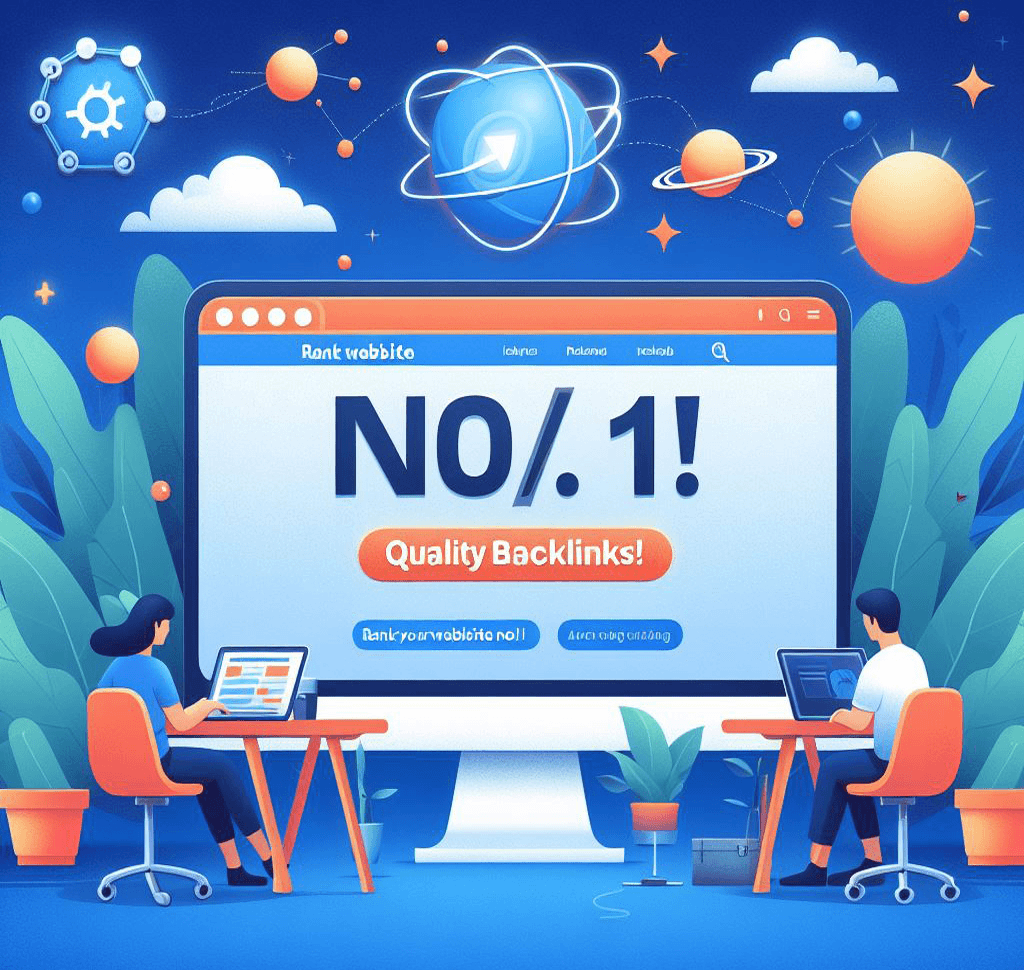The Impact of Technology on Education: A Student’s Perspective
In today’s digital age, technology has become an integral part of our lives. From communication to entertainment, it has transformed various aspects of our society. One area where technology has made a significant impact is education. As a student, I have witnessed firsthand how technology has changed the way we learn and engage with academic content.
Enhanced Learning Experience
Technology has revolutionized the traditional classroom setting, providing students with a more interactive and engaging learning experience. With the advent of smart boards, online learning platforms, and educational apps, students now have access to a wealth of resources at their fingertips. These tools allow us to explore complex concepts through visual aids, interactive simulations, and multimedia presentations.
Moreover, technology has made learning more personalized. With the help of adaptive learning software, educators can tailor lessons to meet the individual needs of students. This personalized approach ensures that each student can learn at their own pace, reinforcing their understanding of the subject matter.
Access to Information
Gone are the days when students had to rely solely on textbooks and encyclopedias for information. The internet has become a vast repository of knowledge, accessible to anyone with an internet connection. As a result, students now have the ability to explore a wide range of topics beyond the confines of their textbooks.
Search engines like Google have become our go-to resource for research. We can quickly find relevant information, articles, and scholarly papers to support our assignments and projects. This easy access to information has not only broadened our knowledge but has also encouraged critical thinking and independent learning.
Collaboration and Communication
Technology has transformed the way students collaborate and communicate with their peers and educators. Online platforms and tools such as video conferencing, discussion forums, and collaborative documents have made it easier for us to work together on group projects, share ideas, and provide feedback.
Furthermore, technology has bridged the gap between students and educators, making communication more efficient. We can now reach out to our teachers and professors through email, instant messaging, or even video calls. This accessibility has created a more supportive and engaging learning environment, as we can seek clarification or assistance whenever needed.
Preparing for the Future
As technology continues to advance, it is crucial for students to develop digital literacy skills. By integrating technology into education, we are equipping ourselves with the tools necessary for success in the modern workforce. From basic computer skills to coding and programming, technology education prepares us for the demands of an increasingly digital world.
Moreover, the use of technology in education fosters skills such as critical thinking, problem-solving, and creativity. These skills are highly valued in the workplace and are essential for adapting to the ever-changing technological landscape.
Conclusion
The impact of technology on education from a student’s perspective is undeniable. It has transformed the way we learn, access information, collaborate, and prepare for the future. As a student, I am grateful for the opportunities technology has provided me in my educational journey. However, it is essential to strike a balance between technology and traditional teaching methods to ensure a holistic and well-rounded education.
As we move forward, it is crucial for educators and policymakers to continue embracing technology and exploring innovative ways to incorporate it into the classroom. By doing so, we can harness the full potential of technology in education and empower students to thrive in the digital age.



